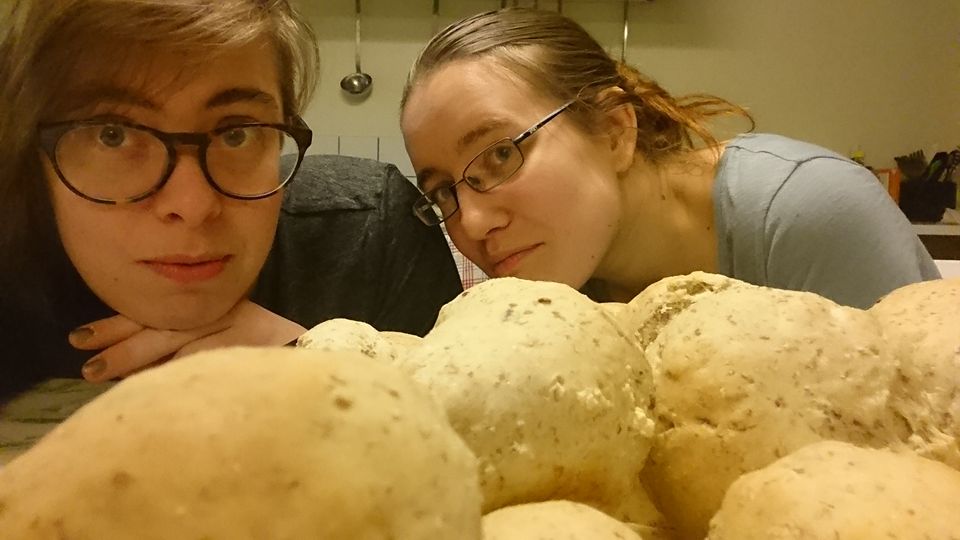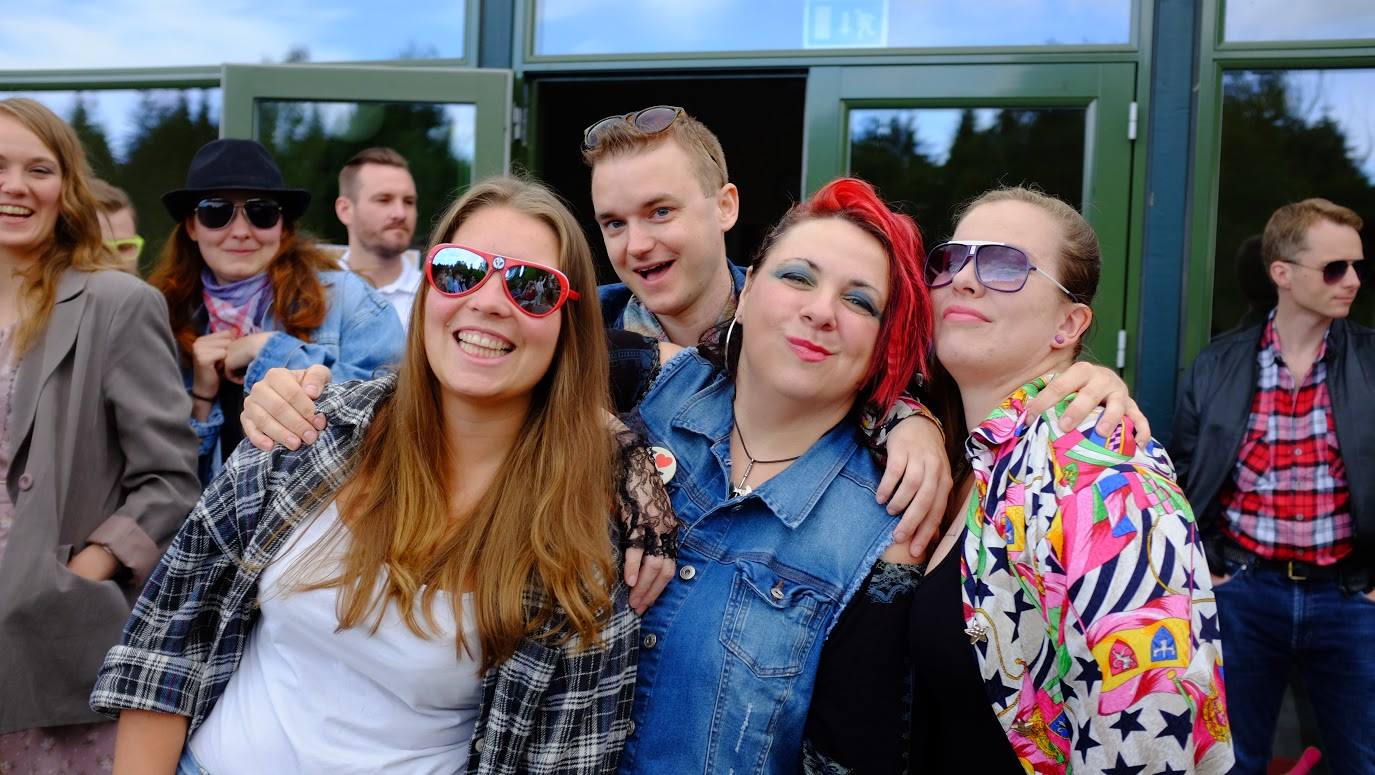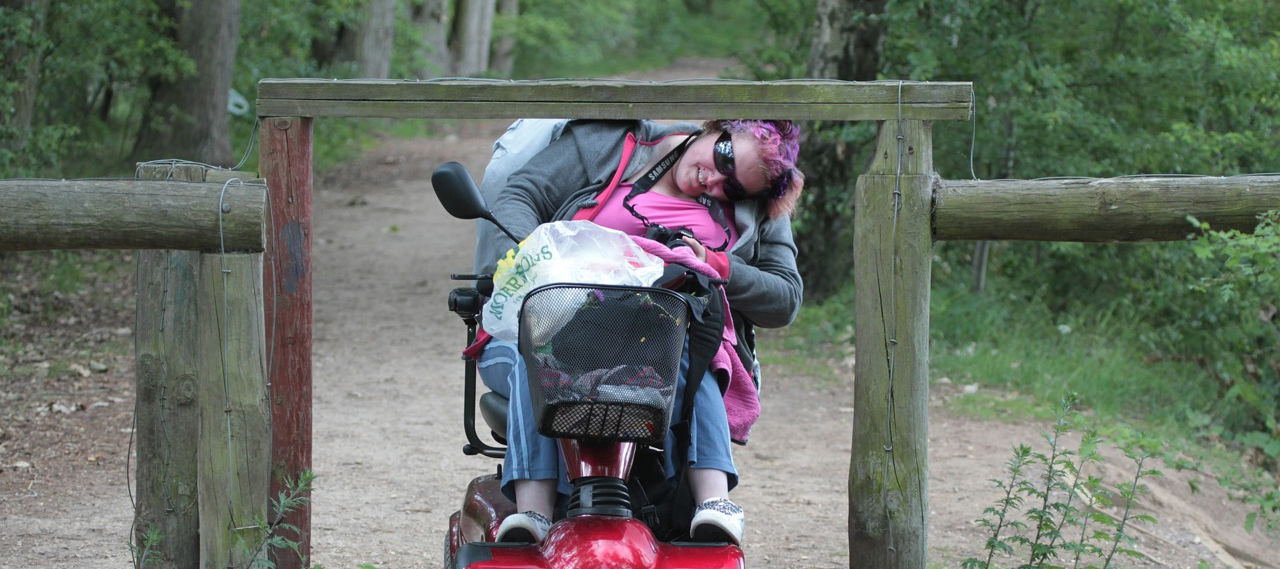Tag: Once Upon a Nordic Larp…
-

Food for Thought: Narrative Through Food at Larps
in
Food is an essential part of culture. Taste and smell may be more abstract senses but they have the power to bring strong experiences, no less so in larp.
-

History, Herstory and Theirstory: Representation of Gender and Class in Larps with a Historical Setting
in
History can be an amazing source of settings for larp! Here are some ways to make sure you’re doing justice to the underprivileged of the past and of today.
-

Moment-based Story Design
in
Most larp war stories have been provoked by moments of intense experience, of intense emotion. How can we design larps to create these moments?
-

The Absence of Disabled Bodies in Larp
in
How can we have our larps be inclusive for disabled participants? Shoshana Kessock explores ableism and solutions for larp designers and communities.